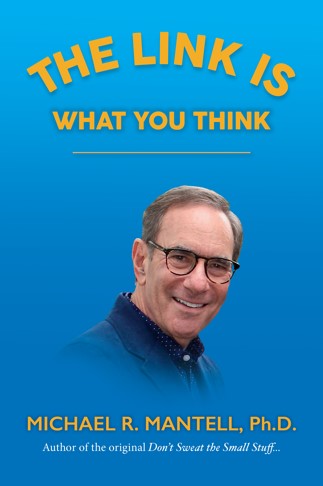We aren’t alone. There are 78 million of us, and 10.5 million of us belong to health clubs and gyms all over the United States. Baby Boomers. Those born between 1946 and 1964. Already the fastest growing segment of America’s population, we are also the “boomingest” growth factor in gyms across the country, with a nearly 400% membership growth rate over the past decade.
We surely aren’t ready for a quiet at-home retirement. Maybe our grandparents were. Not, not us. We’re too busy looking for ways to defer and compress those age-related disabilities into as few years as possible, as late in our lives as possible, while doing what we can to increase our healthy life-years. Among the most often-cited solutions to this quest are being physically fit, exercising and staying active. The amount of data demonstrating the effect of exercise on slowing the aging process is staggering.
We enjoy kinder, gentler workouts, low-impact exercise, and want to insure that whatever we do diminishes the risk of injury. But gerokinesiologists tell us that we also ought to incorporate more moderate to vigorous posture, strength, endurance, flexibility, agility and balance training into our workouts in order to promote negligible senescence (preventing the normal biological changes caused by aging) – depending on our fitness level and ability to do so.
The American Council on Exercise, ACE, suggests that moderate-intensity endurance exercises at a minimum of 30 minutes five days each week such as low-impact aerobics, walking, cardio equipment, and swimming are primary exercise modes for most older adults. Weight training that initially incorporates low resistance and high reps is also essential at a minimum of at least twice each week to maintain or increase muscular strength and endurance. Balance training such as walking backwards and sideways, heel and toe walking, standing from a sitting or squatting position, are also valuable. Flexibility exercises at least twice each week are also recommended.
We lose 30% of their muscle strength between the ages of 50 and 70 years. Normally, adults who are sedentary beyond age 50 can expect muscle loss of up to 0.4 pounds a year. This reduction in muscle strength leads to impairment in carrying out daily activities, the ADLs, “activities of daily living.” Using free weights, exercise machines, or elastic bands to strengthen muscles sure help, but only doing so in a way that makes sense for our fitness levels and what experts know about the “stability/mobility?movement?load?performance” sequence that applies to posture, strength, endurance, flexibility, and balance training.
In addition to the fitness boom among boomers, anti-aging supplements are becoming big business. DHEA, HGH, melatonin, testosterone, estrogen, resveratrol, and the longevity cocktail (more stuff than I have room to include but B, C, D, E, K vitamins, magnesium, flax and fish oils, L-glutathione, coenzyme Q10, ALA are among the ingredients) are flying off the shelves of health and vitamin shops into the hands of the 55+ crowd.
Therapeutic levels of vitamin and mineral supplements, nootropic drugs for preserving and enhancing oxygen supply and neural functioning in the brain, clean living lifestyle (exercise, no smoking, moderate alcohol), avoiding toxins and radiation (good luck), healthy nutrition, intense physical activity, a sense of accomplishment, positive emotions, healthy relationships—these all go in the direction of adding life to our years and years to our lives.
The gym may well be the central address for increasing our healthy life-years before the doctor and the pharmacy.


